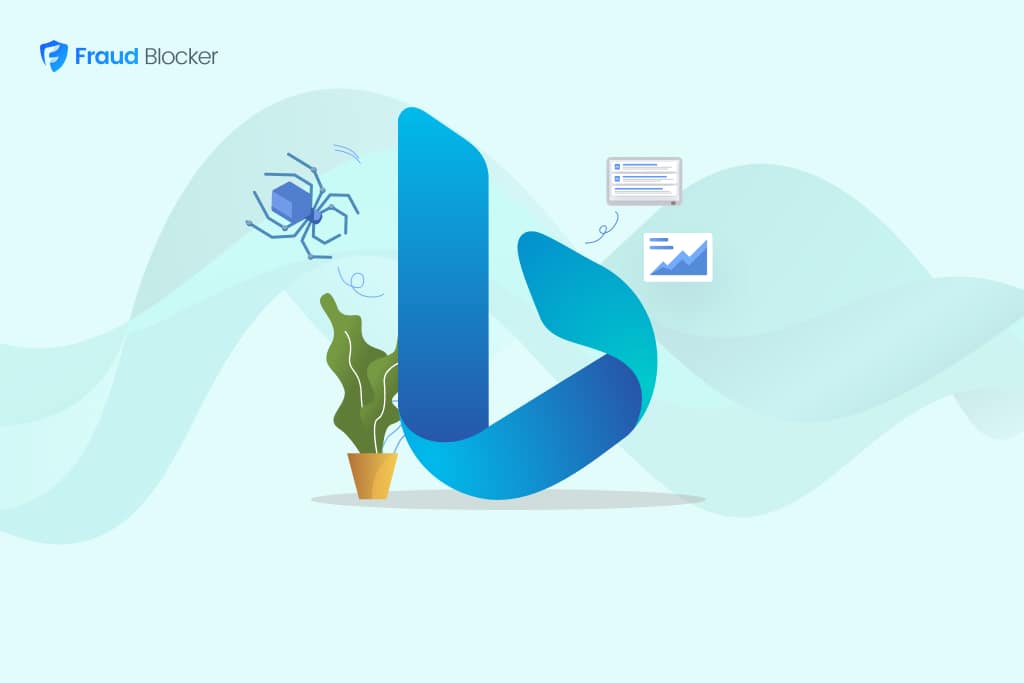
NEW New feature: Verify & block fake emails

We improve your ad performance by blocking click fraud and fake emails

Click fraud is costing advertisers billions in loses. Learn more here.

Click fraud is costing advertisers billions in loses. Learn more here.
On August 1, President Donald Trump raised tariff rates significantly for most countries in the world.
Despite on-going promises of a new trade deal, little to no deals were announced, leaving many U.S. businesses to brace for the fallout and rethink their entire business and marketing strategies.
And while headlines tend to focus on supply chain disruption and “the cost of doing business,” the effects of tariffs are already being felt across industries, and advertisers are no exception. Shrinking margins, delayed campaign launches, and reduced return on ad spend are all challenges faced by advertisers and media buyers.
Temu has already cut their ad spend substantially and Meta Ads is dealing with a pullback from retail advertisers as a direct result of the tariff announcements thus far.
To gauge the latest market sentiment, we surveyed hundreds of advertisers, marketers, and media buyers to understand how concerned they are about tariffs, and how they plan to adjust their marketing strategies in response.
This tariff impact report shows everything we found, painting a clear picture of caution and reprioritization of spending.
A full 72% of advertisers say they’re either very concerned (37%) or somewhat concerned (35%) about how tariffs could impact their sales over the next six months. This signals a broad tariff impact across advertising, not just isolated cases.
We also asked advertisers what kind of impact they expect tariffs to have, and the response shows advertisers are preparing for real disruption, not just brushing it off.
One of the biggest takeaways from this survey is that 58% of advertisers plan to reduce their spend if tariffs increase.
This is alarming and would have a dramatic impact on the ad industry, including Google Ads and Meta Ads where ad revenues make up the majority of their earnings. It also highlights the potential tariff impact on small businesses where thinner margins often mean ad budgets are the first to be cut.
Just 22% expect to increase ad spend during this time.
But the strategy isn’t just to cut spending; it’s also to shift it. Results reveal that traditional marketing (TV, radio, Print, OOH) will see the biggest cuts as social media and digital marketing gain the biggest spending increases.
This shift makes sense. Traditional buys are usually longer commitments, require higher upfront costs, and less flexibility. With tariff news changing by the day, marketers are either holding off or choosing channels that let them pivot fast.
Affiliate marketing and analytics tools are also getting more attention. These tools help justify spend and guide channel decisions, which fits the broader push for certainty. And affiliate channels have low upfront costs and pay-for-performance structures that make it a smart play when budgets are tight.
When asked what tools or channels marketers believe will be most important during tariff uncertainty, social media and analytics tools were the highest picks.
Email and project management tools also had high scores suggesting that tools to help maintain department efficiency and high customer engagement were considered the most critical in this economy.
In times of uncertainty, it’s easy to go straight for the “pause all campaigns” button. But our survey tells a different story: Many advertisers aren’t quitting, they’re reallocating.
Instead of slashing all spend, narrow your focus to digital-first, data-rich platforms where performance is trackable in real-time, with more budget flexibility. Keep your highest-performing campaigns alive, but be wary of the ones with mixed performance.
If you’re still running campaigns on TV, OOH, or traditional display networks, these may be great places to start trimming.
The survey shows that advertisers are prioritizing owned channels such as email and social media. You can take this one step further by using those owned channels to build custom retargeting audiences that perform better than any third-party segment.
Here’s how:
This approach is based on insights from real advertisers, and can yield higher conversion rates as a retargeting campaign.
As businesses reduce their PPC ad spend, online keywords can become less competitive and cheaper. Savvy advertisers can use this opportunity to bid on high high-intent keywords at a lower cost per click.
If you’re tightening your budget, don’t just trim, scrutinize. Many Google Ads settings waste your ad spend without necessarily delivering helpful results. Here are some examples:
Cutting waste is one of the best ways to offset the tariff impact on advertisers without sacrificing visibility.
Hopefully tariff uncertainty will end soon so both businesses and marketers can return to more normalized ad budgets and performance. Until then, this tariff impact report highlights one clear theme: advertisers are bracing for the effects of tariffs by cutting spend, shifting channels, and doubling down on efficiency.
The Fraud Blocker survey was conducted by Pollfish and concluded on June 5, 2025. It was sent to a randomized group of PPC marketers and media buyers in the US, Canada and the UK who purchased, or managed the purchase of, digital advertising. 300 respondents completed the survey. Pollfish is a leading survey company with a pool of over 480 million mobile audience members worldwide that participate in their surveys.
[This post was authored by Fraud Blocker’s Founder and CEO, Mike Schrobo]


